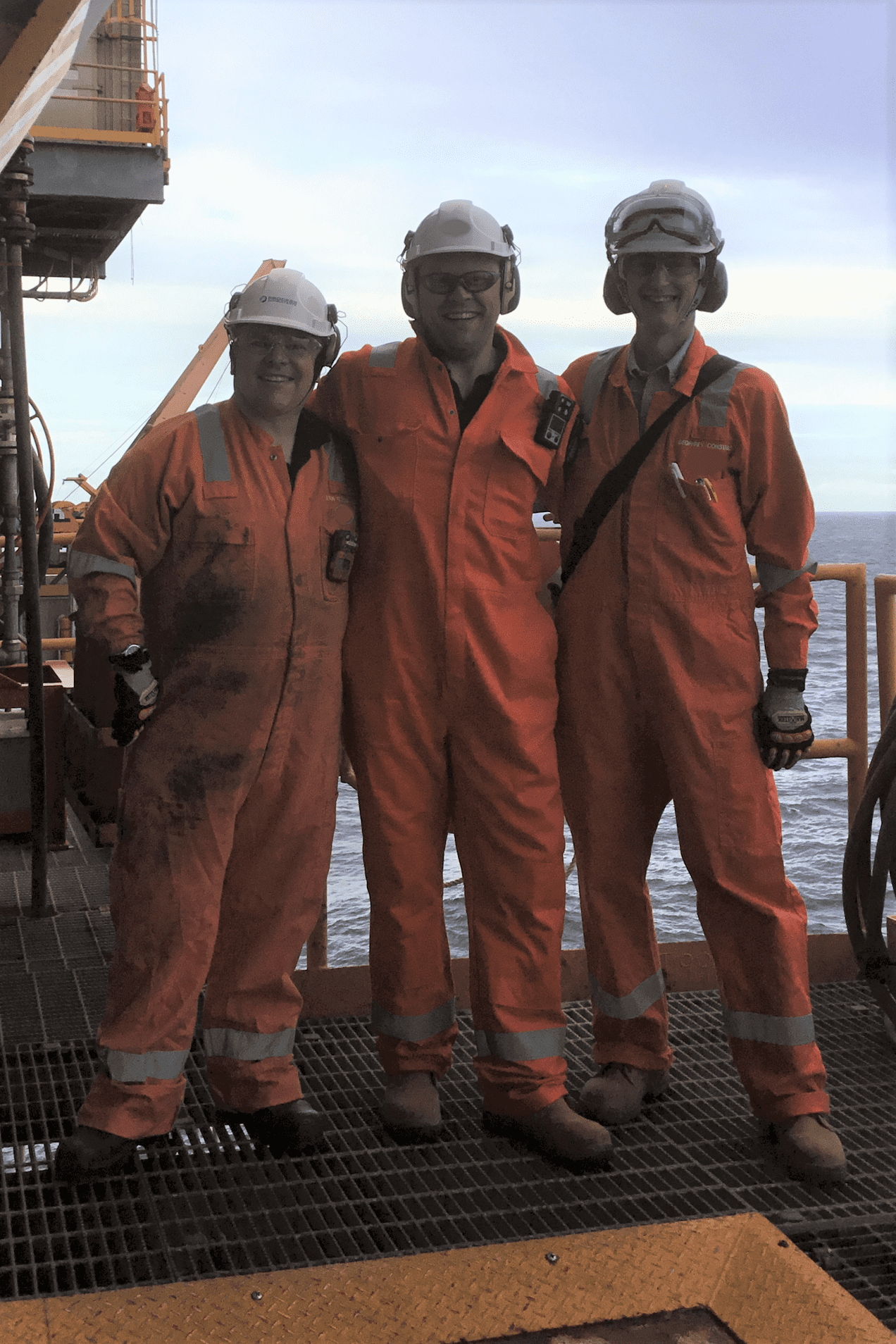We couldn't find a tool to help manage the engineering-down and clean-up of end-of-life offshore oil and gas
platforms, so we built one...
Life is a series of experiments, and we decide to take a risk and start one.
This was to build a unique and bespoke tool to digitise the decommissioning process. Since then, through much iteration and
experimentation, our tool is evolving into the first of its kind, a data-driven digital collaboration tool, designed to guide and
empower operating companies through this process.
We call it iTopDecom (Intelligent Topsides Decommissioning).
Request a
Demo
Request a
Demo
“Failure and invention are inseparable twins. To invent you have to experiment, and if you know in advance that it’s going to work, its not
an experiment.”
Jeff Bezos.
A brave new world.
The world is transforming and we need to change with it. History shows that we are undergoing an economic transformation as we rapidly
move to the Information Age.
Oil and gas companies have enormous datasets, which are split over various internal systems and documents. For normal use, the data
is fit for purpose, but in terms of managing a decommissioning program, the fragmented datasets are not adequate, and a new approach is
required.
iTopDecom transforms the task of decommissioning from a Services Age mindset to an Information Age mindset. iTopDecom is the single
repository of all relevant information for the life of the decommissioning program, providing the user instantaneous access.
This information is both preprepared, such as P&IDs, and also generated during the decommissioning program, such as the identification
of lines depressured and cleaned.
Our Vision
Our vision for this tool was to:
- Develop a tailored tool to support operations and project teams with planning and execution of decommissioning projects.
-
Lessen the burden of tracking and tracing data by capturing it in an elegant and rules-based database repository rather than a series of
spreadsheet(s), disparate digital files, and/or paper-based files.
-
Provide autonomy to various stakeholder groups to develop, collaborate, plan, endorse and change works and jobs, increasing work
efficiency and improving outcomes.


